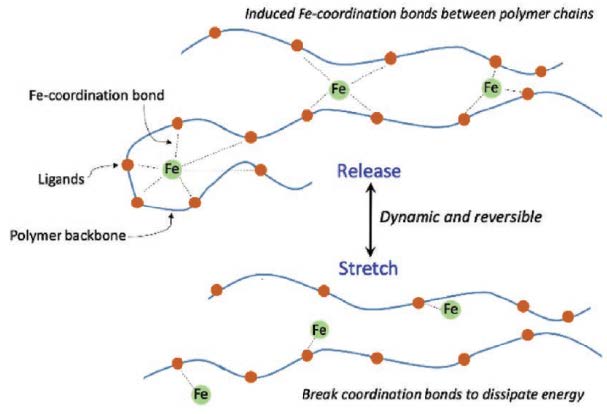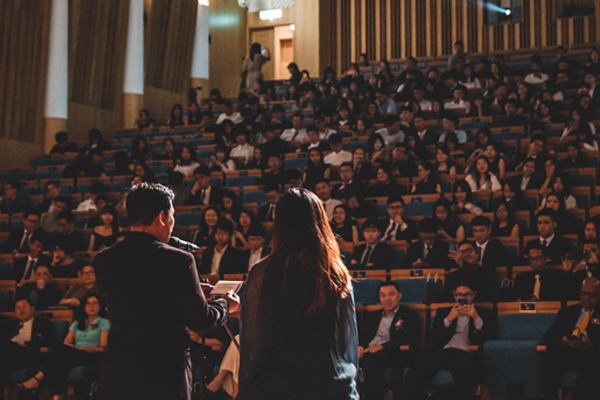-
National Eyecare Day Seminar: Using transcription, cells and computation to analyze visual performance and abnormality

The 6th of June marked 2022 National Eyecare Day in China and the successful launch of a webinar on “Using transcription, cells and computation to analyze visual performance and abnormality”. The webinar was the first session of a series of online seminars celebrating “National Science and Technology Workers’ Day” created by the Chinese Neuroscience Society. […]
-
eWEAR: Improving performance of polymer semiconductors with metal-ligand based mechanophores

-
Improving performance of polymer semiconductors with metal-ligand based mechanophores

Summary With the rise of wearable electronics, developing materials that withstand mechanical strain without losing electrical performance is crucial. Polymer-based field-effect transistors (FETs) are key components but often brittle due to rigid molecular structures needed for charge transport. A team led by Professor Zhenan Bao and Dr. Hung-Chin Wu at Stanford University addressed this by […]
-
Strain-insensitive stretchable electronics for wearables

Summary Researchers led by Professor Zhenan Bao at Stanford University have developed intrinsically stretchable transistor arrays for wearable electronics, with high device density and strain insensitivity. The material maintains less than 5% performance variation under 100% strain, making it ideal for capturing physiological signals despite strain changes. The team introduced “elastiff” layers, using rigid and […]
-
eWEAR: Strain-insensitive stretchable electronics for wearables

-
Stretchable Battery Underpinned by Supramolecular Chemistry

Summary Wearable electronics require flexible, safe, and high-performance energy storage. Traditional Li-ion batteries, which are rigid and contain flammable liquid electrolytes, are not ideal for such applications. A research team led by Professors Zhenan Bao and Yi Cui developed a new type of solid-state polymer electrolyte, incorporating a supramolecular network with dynamic hydrogen bonding to […]
-
eWEAR: Stretchable Battery Underpinned by Supramolecular Chemistry

-
The 25th Annual Meeting of the Korean Society for Brain and Neural Sciences

-
TCCI® Investigator Jintai Yu’s Team Reveals New Approach to Prevent Dementia, Insomnia and Depression

Recently, Jintai Yu, Tianqiao and Chrissy Chen Institute Investigator and professor from Fudan University-affiliated Huashan Hospital and his team jointly published a paper titled “Time spent in outdoor light is associated with the risk of dementia: a prospective cohort study of 362094 participants” on BMC Medicine, in collaboration with Professor Lan Tan’s team from Qingdao […]
